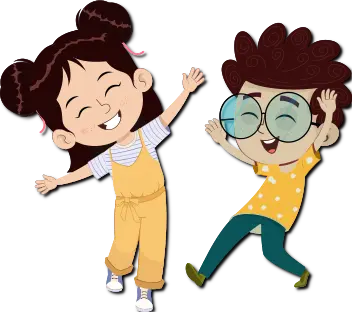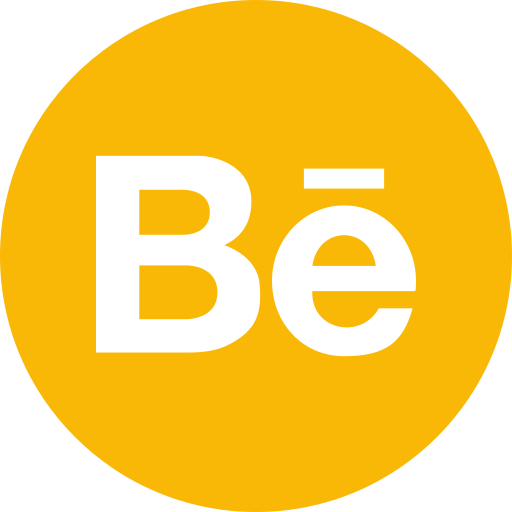
Is It Hard to Make Animation Videos?
Key Takeaways:
- Creating animation videos requires specific technical skills but is achievable with proper training and dedication √
- The global animation market is expected to reach $642.5 billion by 2030 √
- Modern animation tools and software have made the process more accessible than ever √
The Reality of Animation Complexity
What's So Hard About Animation?
There are some Technical Skills required to be a successful animator. A successful animator needs;
- Proficiency in the application of professional animation software
- Understand motion principles
- Understanding character design
- Know how to time and space your moves
The New Face of Animation
Technology has changed the course of the animation industry dramatically. Tools are much more intuitive, and AI-assisted features reduce production time by up to 40%. It does not mean that the creative factor is less important now.
Impact of Technology on Animation
These are some Revolutionary Changes that happened due to the improvement and acceptance of animation:
Breaking Down the Animation Process
Now, let's find out what goes into a video animation with below main points:
- Pre-production (20-30% of total time)
- Story development
- Character design
- Production (50-60% of total time)
- Animation work
- Texturing
- Lighting
- Post-production (20-30% of total time)
- Sound design
- Color correction
- Final rendering
The Skills You Actually Need
You aren't required to be the next Picasso to make some animations. You will have to possess, however, some of these skills:
- Basic drawing or design skills
- Understanding movement and timing
- Problem-solving mindset
- Patience and attention to detail
Time Investment Reality
Here is something that might shock you: Industry surveys have found that creating one minute of professional animation takes:
- 2D Animation: 30-40 hours
- 3D Animation: 50-60 hours
- Stop Motion: 70-90 hours
Making Animation More Accessible
Even though it is extremely challenging, there are quite a few things that facilitate the animation process:
- Beginning Small
- Start with something simple
- Master one trick at a time
- Templates libraries where necessary
- Levelling Modern Equipment
- Animation software with pre-defined movements
- Character rigging systems
- Automated tweening tools
- Getting Down to Planning
- Planning storyboards in detail saves heaps of time
- Reference Videos help get the exact movements
- Asset libraries organized = efficiency increases
Cost Factor
The cost can be wide-ranging for animation - from as low as something like 50-200 dollars per month for any professional software, to sometimes even up to 500 dollars an hour for training classes, to the initial and sometimes necessary hardware investment being around 1,000-3,000 bucks.
Future of Animation Creation
The animation industry is evolving rapidly. Based on the forecast of the year 2025, the following have been determined by experts:
- Increased demand for animated content by 60%
- Production time will decrease by 30% with the use of AI tools.
- Market for mobile animation applications
Make the Right Choice
Consider the following points before beginning to create animations in-house or hiring professional assistance:
- Project complexity
- Resources available
- Timeline constraints
- Budget constraints
Success Strategies
The following points are critical to make any strategy successful:
- Set up a Good Foundation
- Learn the animation principles
- Practice continuously
- Study success stories in animation
- Use the Right Tools
- Find an appropriate software match for your experience
- Invest in necessary hardware
- Use learning aids
- Workflow Design
- Design Template
- Create process for reviews
- Set achievable milestones
New face of the animation industry: Trends and Opportunities
The landscape of animation is in the midst of change, offering exciting prospects to newcomers and veterans alike. Let's take a journey through the drivers shaping the future of animation and discover ways for you to better position yourselves for success.
New Markets and Platforms: Now that streaming services have become almost the only means of watching entertainment, there is unprecedented demand for the production of animation. Netflix alone devoted $17 billion to content creation last year, a large portion of which were animated projects. But it's not just for entertainment – the corporate world is embracing animation like never before.
Emerging Industries:
New Markets and Platforms: Now that streaming services have become almost the only means of watching entertainment, there is unprecedented demand for the production of animation. Netflix alone devoted $17 billion to content creation last year, a large portion of which were animated projects. But it's not just for entertainment – the corporate world is embracing animation like never before.
Emerging Industries:

Specialization vs. Versatility
Today's animation industry offers two distinct career paths
- Expertise: Concentrate on domains like character animation, visual effects, or motion graphics
- Versatile Skillset: Develop a wide range of abilities across various styles and animations tools
Remote Work Revolution
The animation industry has embraced remote work, with 73% of animation studios now offering permanent remote positions. This shift has opened up global job opportunities, reduced geographical barriers, created new collaboration tools and workflows, and enhanced work-life balance for animators.
Emerging Technologies
The integration of AI and machine learning is reshaping animation workflows, including automated rigging systems, smart rotoscoping tools, real-time rendering improvements, and procedural animation generators.
Though these tools are designed to save time, they will not substitute for creativity. Instead, they will save the animators time that they would otherwise spend on less creative tasks.
Though these tools are designed to save time, they will not substitute for creativity. Instead, they will save the animators time that they would otherwise spend on less creative tasks.
Getting Ahead in Animation
Getting ahead in animation requires skills beyond mere technical expertise. Some areas to focus on include:
- Establishing an online identity
- Networking with the animation community
- Entering competitions and attending festivals
- Establishing a personal style
- Keeping current with industry practices
The Social Dimension
The community is generally cooperative. Some of the well-known successful animators are growing thanks to the following:
- Online forums and communities
- Mentorship programs
- Animation workshops
- Collaborative projects
- Industry meetups and conferences
Conclusion
Creating animation is not easy, but surely can be done if proper steps and tools are taken in the right direction. Whether it is created in-house or outsourced, knowing the production process helps your expectations and yields a better outcome.
Remember that every professional animator started from scratch. The thing is to start small, follow the plan, and learn more. With persistence and proper resources, creativity can come to life through animation.
Remember that every professional animator started from scratch. The thing is to start small, follow the plan, and learn more. With persistence and proper resources, creativity can come to life through animation.
FAQ:
- Q: How long does it take to know the basics of animation? A: You can learn the basic concepts of animation in 3-6 months if you practice regularly. [Learn more about animation basics →]
- Q: What is the minimum budget that professional animation tools will cost? A: You will start with some basic tools at around $50/month, but professional setups can be costly. [Explore animation tools →]
- Q: Do I need to be artistic to create animations? A: Advanced software and many templates can help even those with less artistic skill create awesome animations. [Learn animation techniques →]
- Q: Is 3D animation tougher than 2D? A: Each has its own challenges, but generally, the technical learning curve of 3D is steeper. [Compare animation styles →]
- Q: How much can I make as an animator? A: Entry-level animators are paid $45,000-$65,000, while experienced professionals will reach up to $80,000+.
Let's Discuss !!














